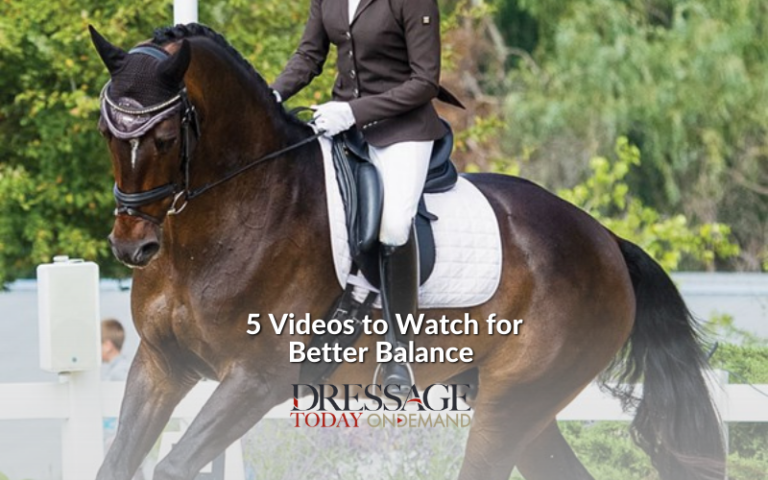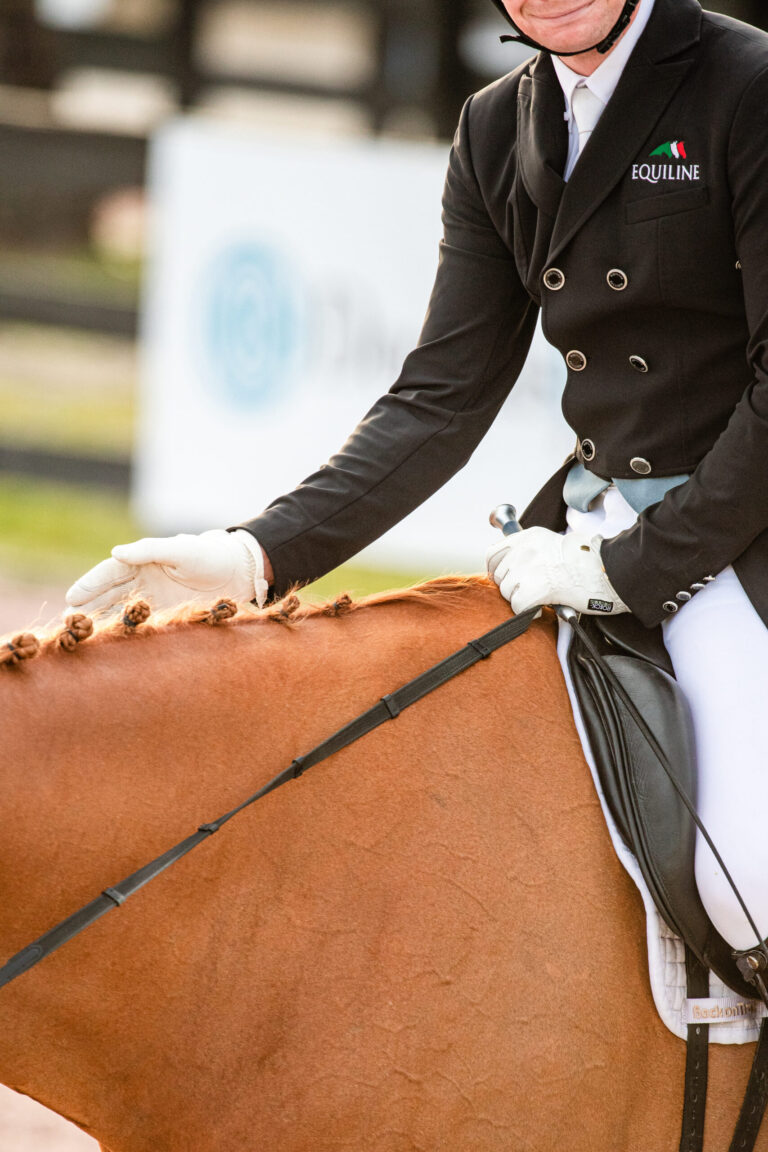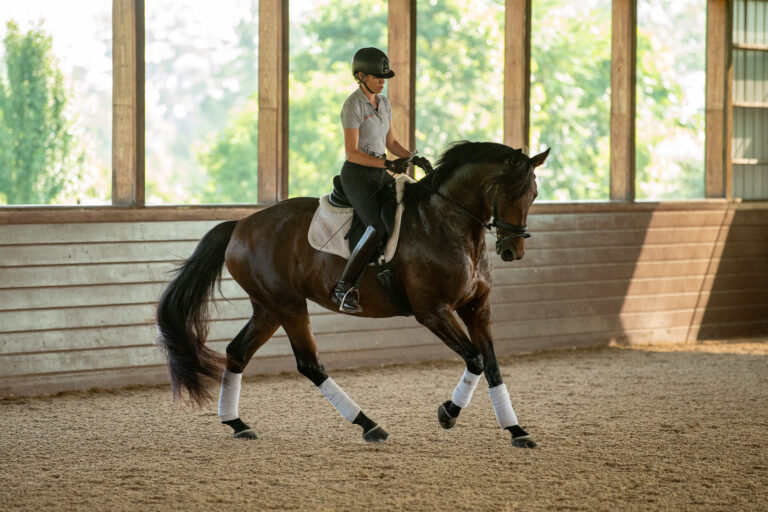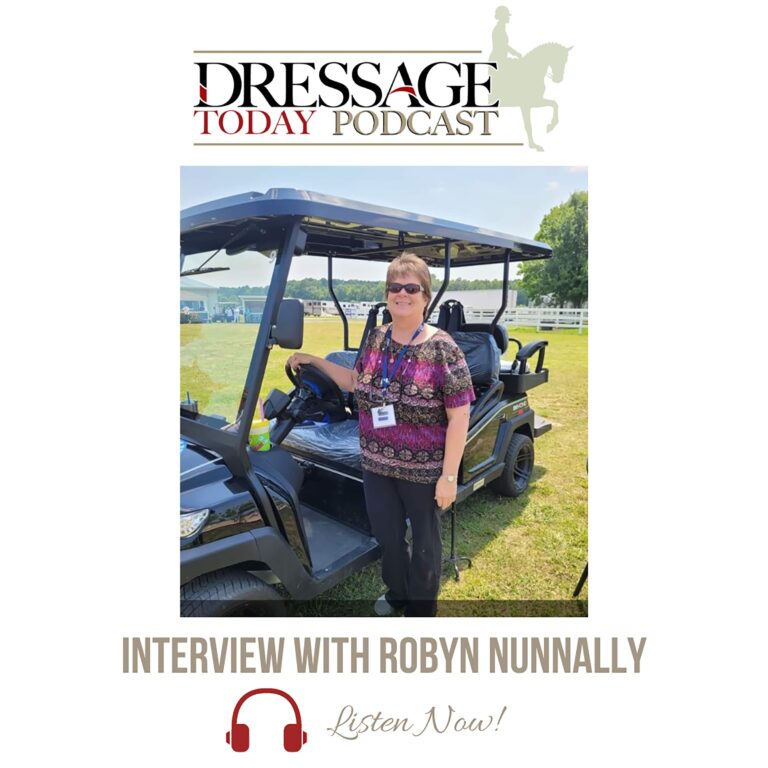I remember being 15 years old and riding in Buenos Aires, Argentina, with my Swedish trainer, Owe Christian Moltke. He would nag me with endless walk–trot–walk, trot–canter–trot and canter–walk–canter transitions. I used to think, What a boring exercise!
I just wanted to do the fancy things: Flying changes, lateral work, et cetera.
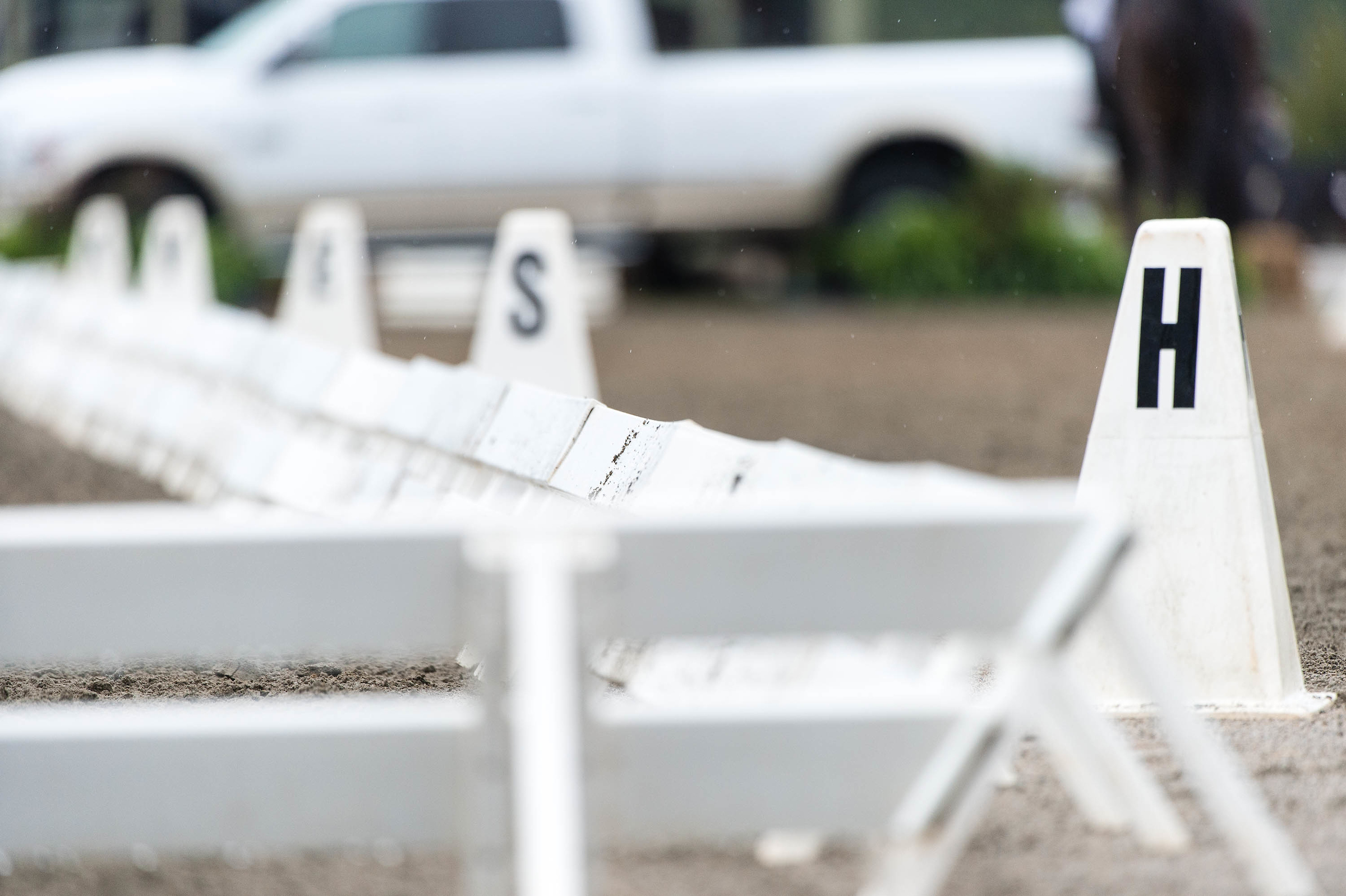
Mr. Moltke was a man with a great spirit, knowledge and experience. He would say that the horse should have the basics trained and reviewed every day. We would laugh at him as we were inexperienced and did not realize the importance of his words.
Thirty years later, I find myself in the same predicament as my Swedish trainer when a student comes to me without a solid foundation and intends to do advanced exercises. I often find that the rider has little ability to sit the horse’s trot, has little concept of the half halt and, as a result, several issues have crept into the training. Now we have to address problems such as crookedness, tight or hollow backs, rhythm or tempo problems—just to name a few. And as any trainer knows, in order to correct these issues, we have to return to the basics. We’ve all heard it before that the basics are everything. But they really are everything. Even when judging, we can see if they have been respected or not.
Many riders have the notion that if they are not riding at Third Level or above, they are not accomplished riders. The higher-level exercises, however, cannot be properly executed if the basics are not there for both horse and rider.
The tough part of teaching is to discuss realistic plans. The student’s heart is where it’s supposed to be in the sense of being ambitious to improve. However, the lack of solid basics is stopping her in her tracks. Shortcuts are never the answer.
I’ve heard a lot of riders try to justify their actions with statements such as: “My friend is now doing Third Level and I want to do it, too.”
“I bought a top hat and a shadbelly when I started riding. When do you think can I do FEI?”
“I’m going on vacation over the weekend. Could you teach my horse the pirouettes for me?”
I’ve heard this and more, but I’m saving those for my book.
I do think that every rider should sit on a schoolmaster to further her education, but a good schoolmaster expects his rider to know the basics. So what are the basics?
For me, the basics are:
1. Developing a correct seat and balance. Some riders who don’t have both naturally should spend time on the longe line.
2. Executing half halts, transitions between gaits and within gaits, circles (not 30-meter ones, but accurately ridden 20-, 15- and 10-meter circles) and leg yields in a manner that becomes as natural as a blink of an eye.
3. Developing a relationship with the horse that will allow you not only to exercise him, but truly know what is going on with him both mentally
and physically.
4. Analyzing with your trainer your and your horse’s weaknesses and strengths to establish a plan for improvement.
5. Reading and educating yourself in the theory of dressage. Please, include in your reading the rulebook.
6. Training, training, training. Practice with commitment, patience, determination and willingness to sacrifice time, energy and money (unfortunately it is an expensive sport compared to others).
If you want to develop and progress as a rider, you must have a solid base to work from. There is no way of speeding up the process. Some riders might need more time than others. But, and this applies to everybody, there are no shortcuts for learning to ride. Also, there is no room for excuses or blames (on the horse, the trainer, the weather, the saddle, the judge, et cetera). I’ve heard many excuses over the years, but I have rarely heard, “I don’t have clear basics.”
Do your homework with integrity, honesty and determination. A horse is a wonderful and adaptable being that learns what we teach him, so let’s teach him well. The outcome of our riding is going to be as good as our input.
I used to laugh at my trainer for those boring circles, but now those lessons have brought me to where I am today, and I smile at my students with encouragement and understanding, knowing that the dedication and the hard work will get them where they want to go, too.

Gabriel Armando is an FEI “I” judge who has officiated in dressage events in more than 25 countries including the FEI World Dressage Challenge. He is also actively competing at the FEI Level and has represented his native country, Argentina, several times in National Championships and Pan American Games.



